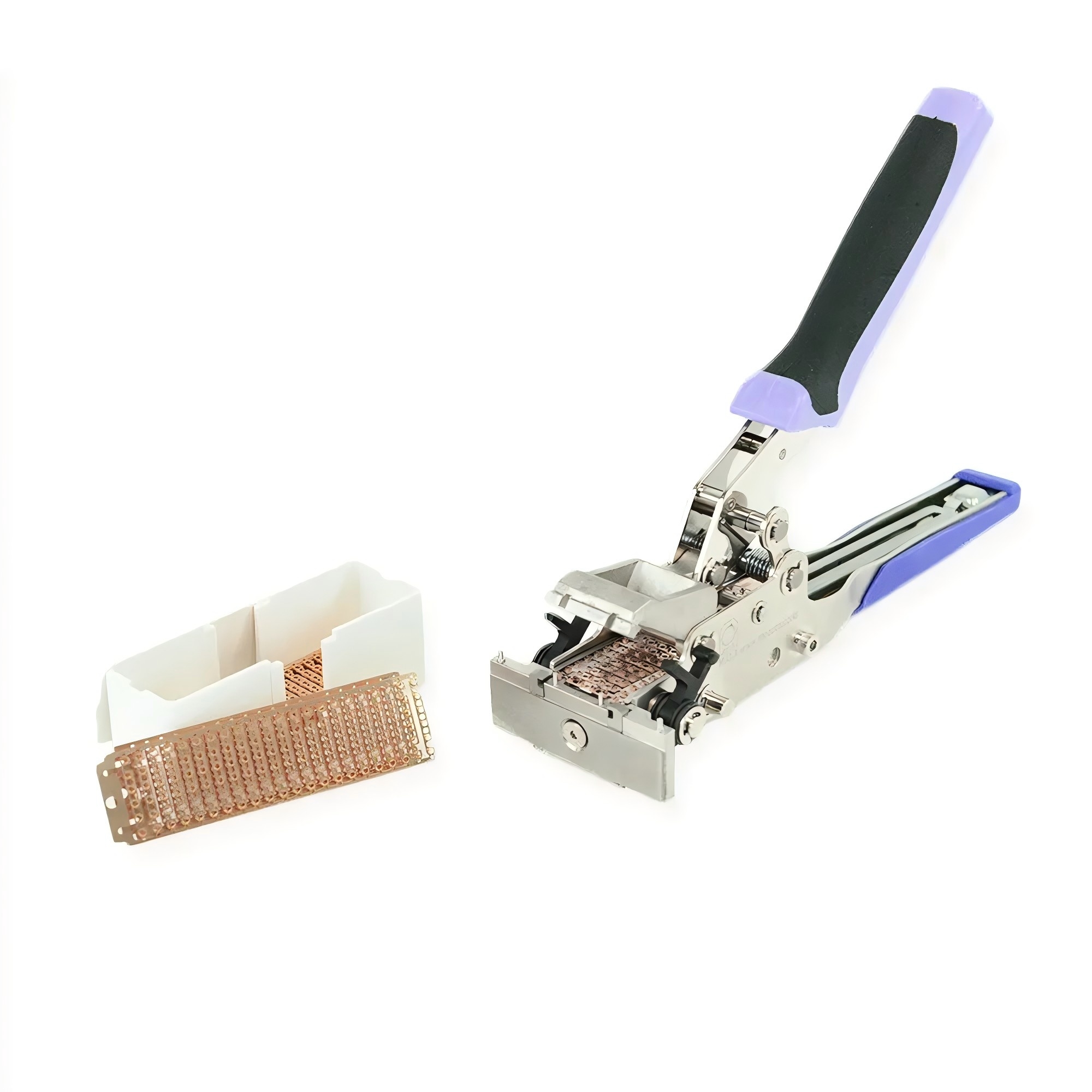Content Menu
>> Understanding SMT Splicing
>> Advantages of SMT Splicing
>> The Role of SMT Splice Tape
>> Best Practices for SMT Splicing
>> Common Challenges in SMT Splicing
>> Innovations in SMT Splicing Technology
>> Case Studies Highlighting Successful SMT Splice Implementation
>> Conclusion
>> Frequently Asked Questions (FAQs)
Understanding SMT Splicing
What is SMT Splicing?
SMT splicing refers to the process of connecting two reels of surface mount device (SMD) component tapes. This technique is essential for maintaining a continuous supply of components during automated assembly processes. The splicing process typically involves cutting the leader of a new component reel and attaching it to the end of an existing reel, allowing for seamless operation without downtime.

Types of SMT Splicing Techniques
1. Manual Splicing: This traditional method requires skilled operators to manually join SMD components by cutting and adhering the ends together using splice connectors. While effective, this approach can be time-consuming and prone to human error.
2. Automatic Splicing: Modern facilities often utilize automatic splicing machines that streamline the process. These machines cut and join component tapes with precision, significantly increasing efficiency and reducing labor costs.
Advantages of SMT Splicing
1. Increased Efficiency
The primary advantage of SMT splicing is enhanced operational efficiency. By enabling continuous production without interruptions, manufacturers can significantly boost output rates. This efficiency translates into higher profitability as production lines remain active longer.
2. Cost Savings
SMT splicing helps reduce costs associated with downtime. When a reel runs out, traditional methods require stopping production to load a new reel, which can be costly. By using splice tapes, manufacturers can quickly join reels together, minimizing lost production time.
3. Improved Accuracy
Automated splicing techniques ensure that components are joined with high precision, leading to consistent placement on PCBs. This accuracy reduces the likelihood of defects in the final product, enhancing overall quality.
The Role of SMT Splice Tape
What is SMT Splice Tape?
SMT splice tape is a specialized adhesive tape designed to join two component reels together securely. It comes in various types, including single-sided and double-sided options, each serving different assembly needs.
- Single-Sided SMT Splice Tape: Ideal for high-speed assembly processes where one end of a reel needs to be connected to another.
- Double-Sided SMT Splice Tape: Used for lower-speed processes requiring a smaller quantity of components.
Benefits of Using SMT Splice Tape
- User-Friendly: Designed for easy application, these tapes integrate well with standard SMT pick-and-place feeders.
- Versatile Compatibility: Available in different sizes and thicknesses, they cater to various component types.
- Enhanced Production Flow: By ensuring continuous feeding of components, splice tapes contribute to smoother production operations.

Best Practices for SMT Splicing
To maximize the benefits of SMT splicing, manufacturers should adhere to best practices:
1. Quality Assurance: Invest in high-quality splice tapes to minimize risks associated with blockages and misfeeds.
2. Proper Training: Ensure that personnel are well-trained in splicing techniques to maintain consistency and accuracy.
3. Regular Maintenance: Keep splicing tools and machines well-maintained to ensure optimal performance.
4. Monitoring and Feedback: Implement monitoring systems that provide real-time feedback on splicing effectiveness and component flow.
Common Challenges in SMT Splicing
Despite its advantages, SMT splicing can present challenges:
- Potential Blockages: If not done correctly, spliced reels may cause jams in feeders.
- Misalignments: Improper alignment during splicing can lead to defects in component placement.
- Material Compatibility Issues: Different types of materials used in component tapes may not bond effectively if incorrect splice tape is used.
Innovations in SMT Splicing Technology
The electronics manufacturing industry continually evolves with advancements in technology. Recent innovations have improved the efficiency and reliability of SMT splicing:
1. Smart Sensors: Newer machines incorporate smart sensors that detect when a reel is running low on components and automatically prepare for splicing.
2. Data Analytics: Advanced data analytics tools help manufacturers track performance metrics related to splicing operations, allowing for informed decision-making and continuous improvement.
3. Robotic Integration: Robotics are increasingly being integrated into the splicing process, providing even greater precision and speed compared to manual methods.
Case Studies Highlighting Successful SMT Splice Implementation
Several companies have successfully implemented advanced SMT splicing techniques to enhance their manufacturing processes:
- Company A: A leading electronics manufacturer reduced downtime by 30% after integrating automatic splicing machines into their production line.
- Company B: By adopting high-quality splice tapes and training their workforce on best practices, this company improved their defect rate by 15%, leading to significant cost savings.
Conclusion
In conclusion, SMT splicing is an integral part of modern electronics manufacturing that enhances efficiency and reduces costs. By utilizing high-quality SMT splice tapes and following best practices, manufacturers can achieve seamless production processes that contribute to overall success in the industry. As technology continues to advance, staying informed about innovations will be crucial for maintaining competitive advantages in an ever-evolving market.

Frequently Asked Questions (FAQs)
1. What is the purpose of SMT splice tape?
- SMT splice tape is used to join two reels of surface mount components together, allowing for uninterrupted assembly processes.
2. How does automatic splicing improve efficiency?
- Automatic splicing machines streamline the joining process with precision, reducing labor costs and minimizing downtime.
3. What types of SMT splice tape are available?
- There are single-sided and double-sided options available, catering to different assembly needs.
4. What are common challenges faced during SMT splicing?
- Potential blockages and misalignments can occur if splices are not executed correctly.
5. How can manufacturers ensure quality during splicing?
- Investing in high-quality materials and providing proper training for personnel are key strategies for maintaining quality in SMT splicing.








































